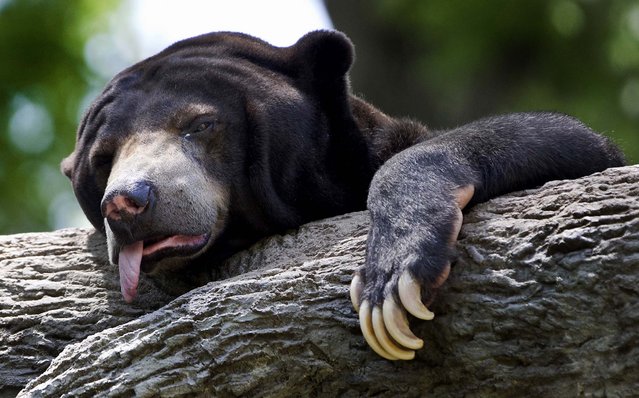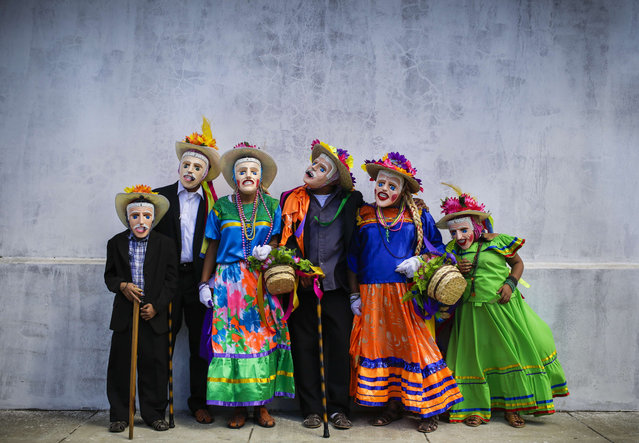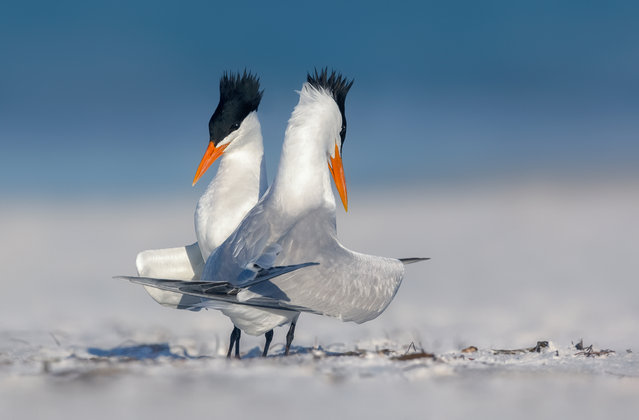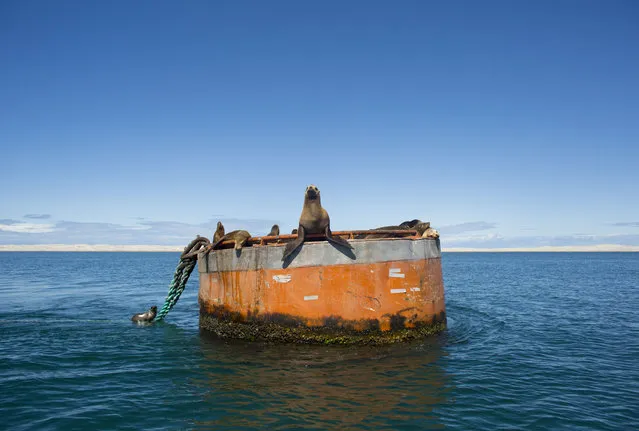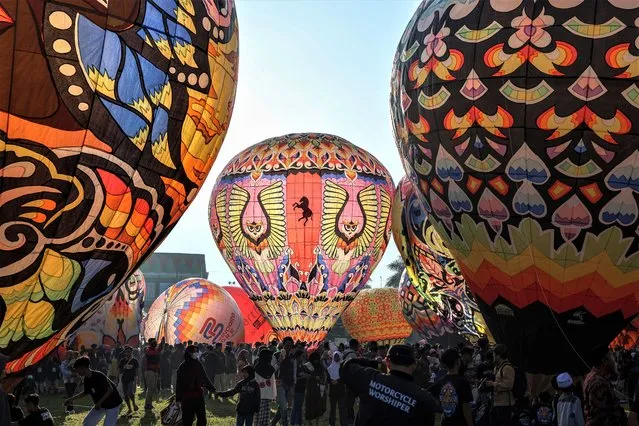
Visitors attend the balloon festival on the Eid al-Fitr holiday at Ronggolawe Stadion on April 23, 2023, in Wonosobo, Central Java, Indonesia. Javanese people fly giant hot air balloons during Eid, which has long been a tradition of the Wonosobo regency. (Photo by Garry Lotulung/Anadolu Agency via Getty Images)
02 Jun 2023 02:55:00,post received
0 comments

